Acalypha hispida, commonly known as the Chenille Plant, Red Hot Cat Tail, or Foxtail, is a fascinating and striking species of flowering plant belonging to the Euphorbiaceae family. Native to the tropical regions of the South Pacific, particularly New Guinea and the nearby islands, this plant is cherished for its vibrant and unusual appearance, making it a popular choice for gardeners and plant enthusiasts alike.
Botanical Characteristics
Acalypha hispida is an evergreen shrub that can reach heights of up to 5 meters under optimal conditions. It boasts large, ovate to heart-shaped leaves that are bright green and can grow up to 20 centimeters in length. The leaves have serrated edges and are covered with fine hairs, giving them a slightly rough texture.
The most distinctive feature of Acalypha hispida is its striking inflorescences. The plant produces long, drooping, cylindrical flower spikes that can grow up to 50 centimeters in length. These spikes are densely packed with tiny, bright red to crimson flowers, which give the plant its common names due to their resemblance to chenille yarn or cat tails. The inflorescences are not only visually stunning but also soft to the touch, adding to the plant's unique charm.
Cultivation and Care
Acalypha hispida thrives in warm, humid climates, making it ideal for tropical and subtropical regions. It prefers well-draining soil rich in organic matter and requires a consistent watering schedule to maintain its lush appearance. However, it is essential to avoid waterlogging, as this can lead to root rot.
In terms of light requirements, the Chenille Plant flourishes in bright, indirect sunlight. It can tolerate partial shade but may not produce as many flowers if grown in low light conditions. Regular feeding with a balanced, water-soluble fertilizer during the growing season can help promote healthy growth and abundant flowering.
Pruning is an important aspect of Acalypha hispida care. Regular trimming of the plant encourages bushier growth and helps maintain a manageable size. Pruning also stimulates the production of new flower spikes, ensuring a continuous display of the plant's signature inflorescences.
Propagation
Acalypha hispida can be propagated through both seeds and cuttings. Seed propagation is less common, as it can be a slower and less reliable method compared to using cuttings. To propagate the plant through cuttings, select healthy, semi-woody stems and cut them just below a node. Remove the lower leaves and dip the cut end in rooting hormone before planting it in a well-draining potting mix. Keep the soil consistently moist and provide the cutting with indirect light. Within a few weeks, roots should develop, and new growth will appear.
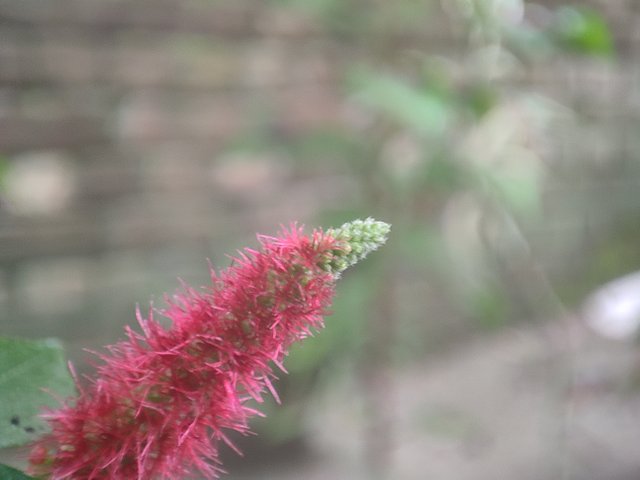
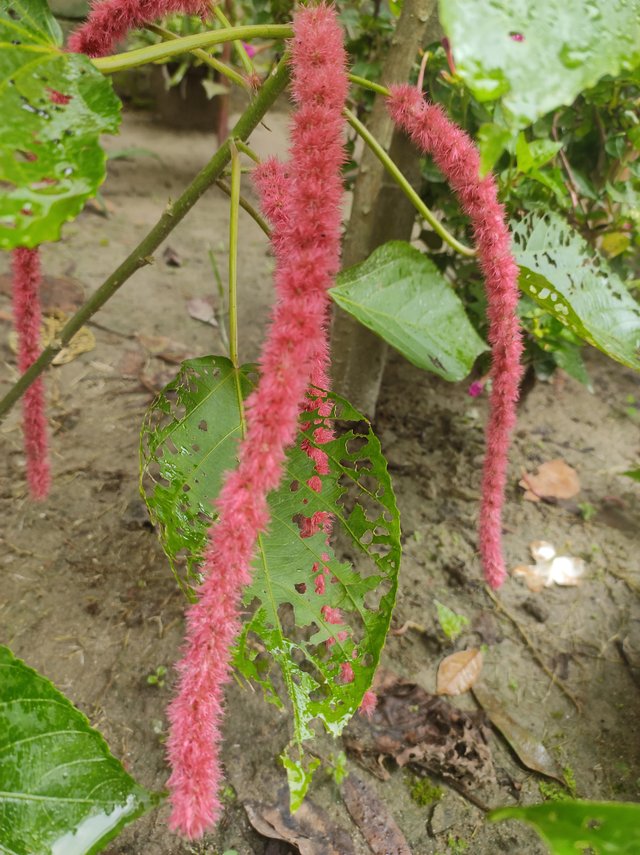
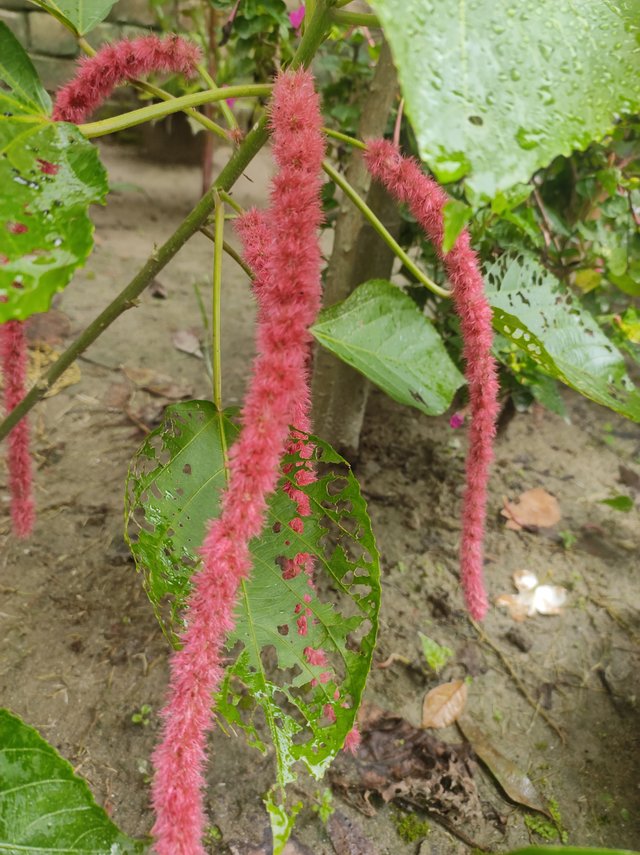
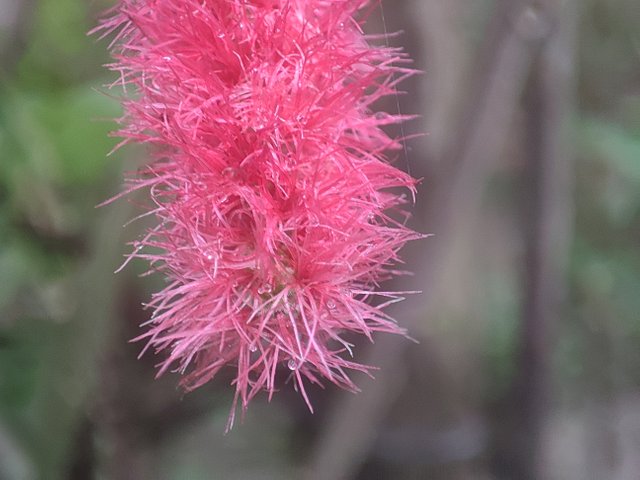
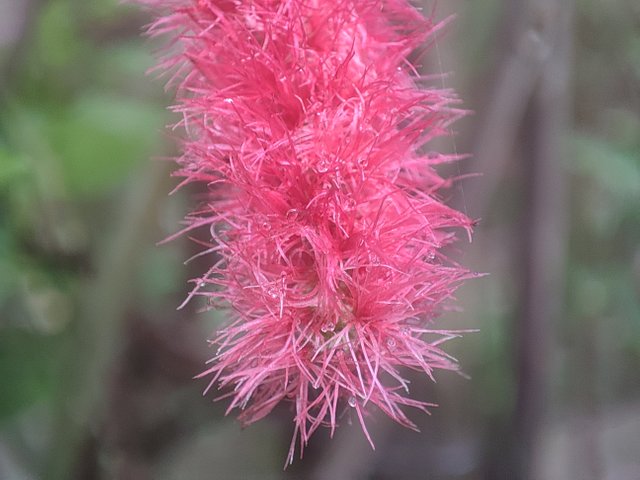
Thanks For Reading
Device Information
| Device | Redmi Note 10 Pro |
|---|---|
| Lens | 64 mp |
| Location | Bangladesh |
